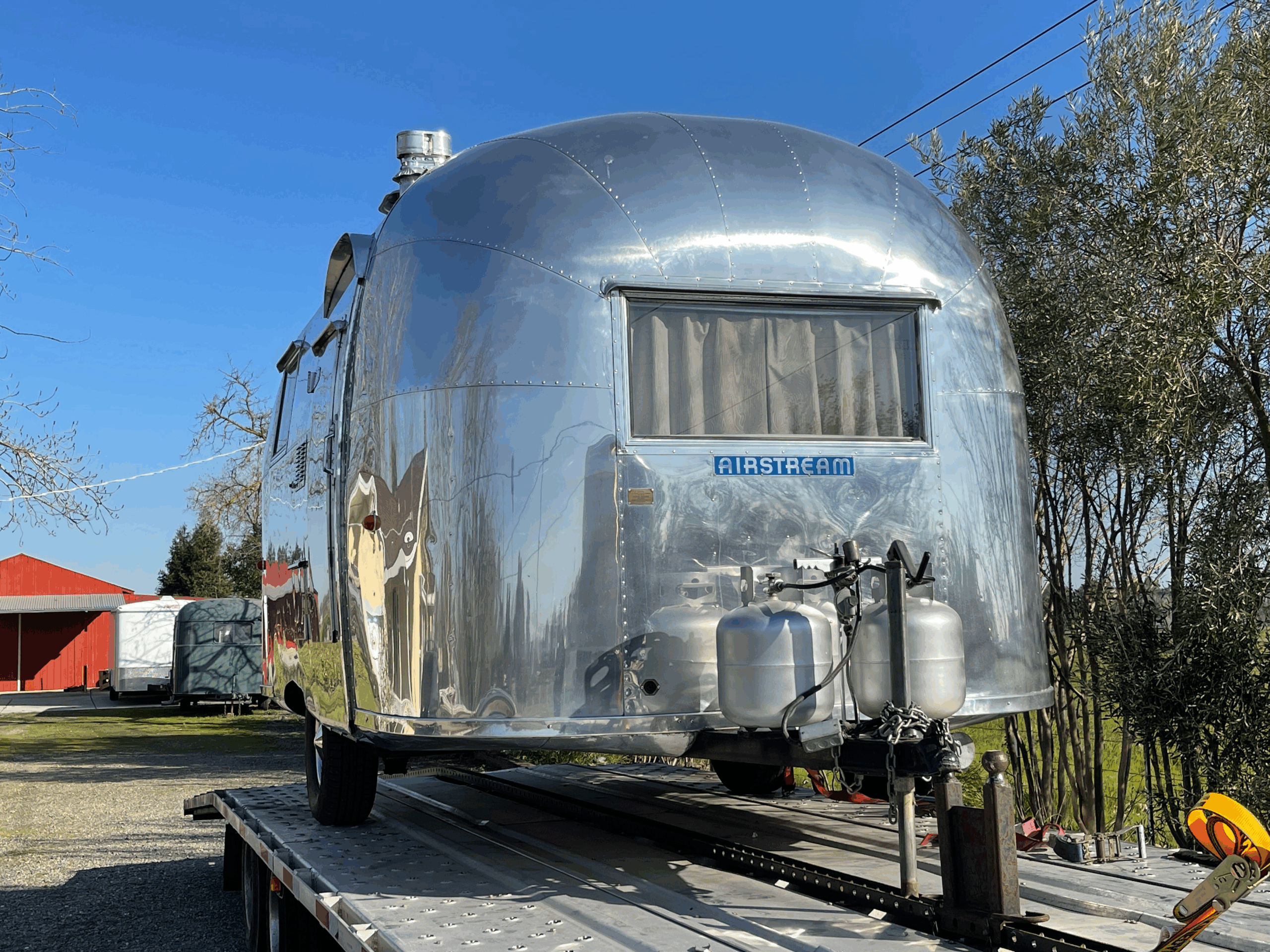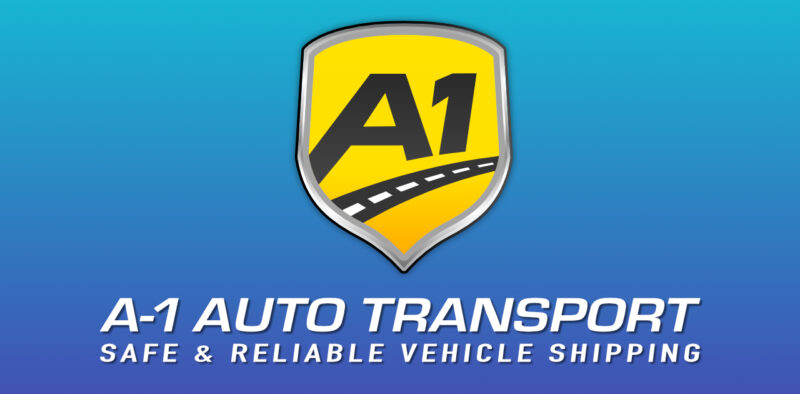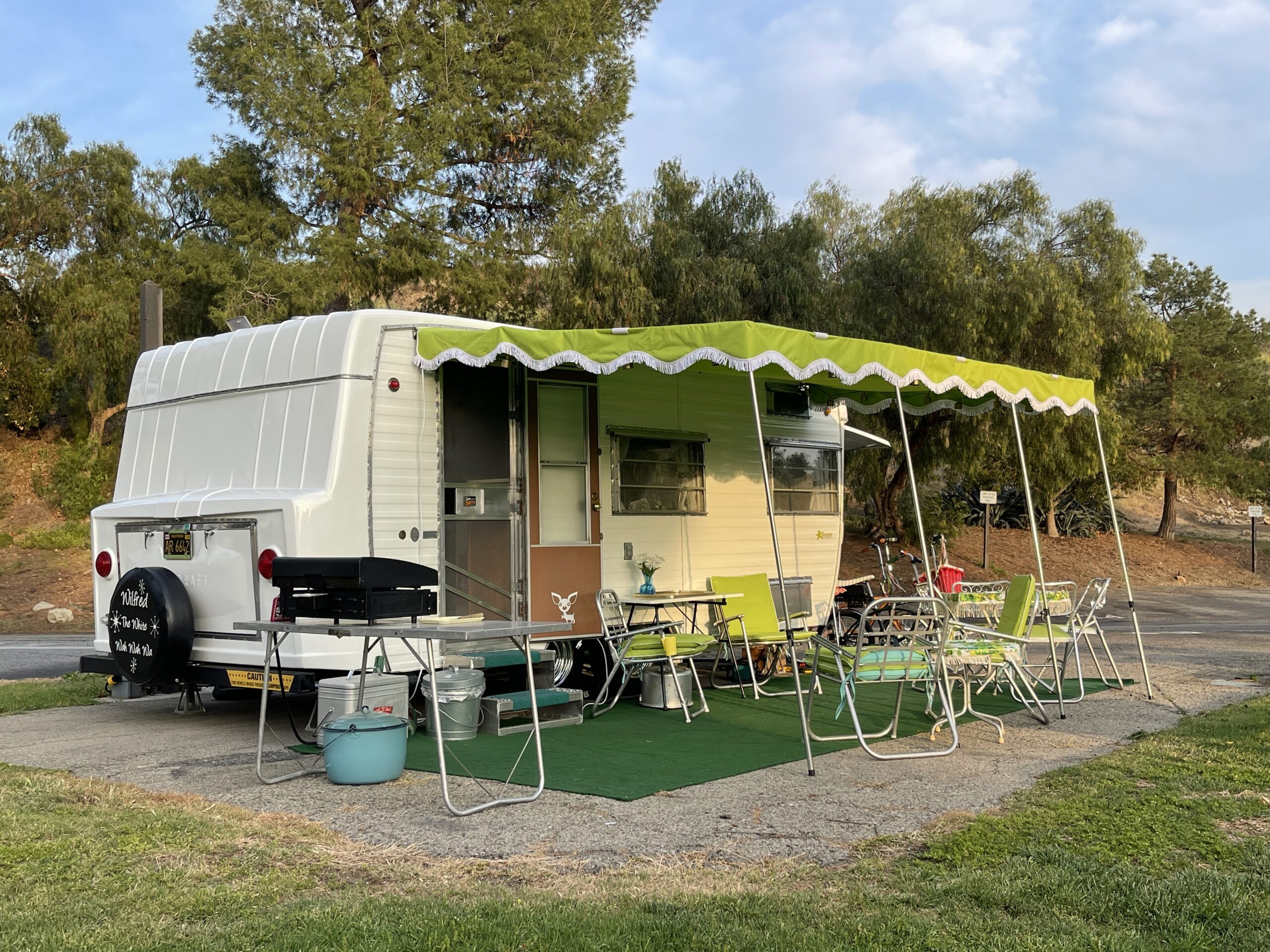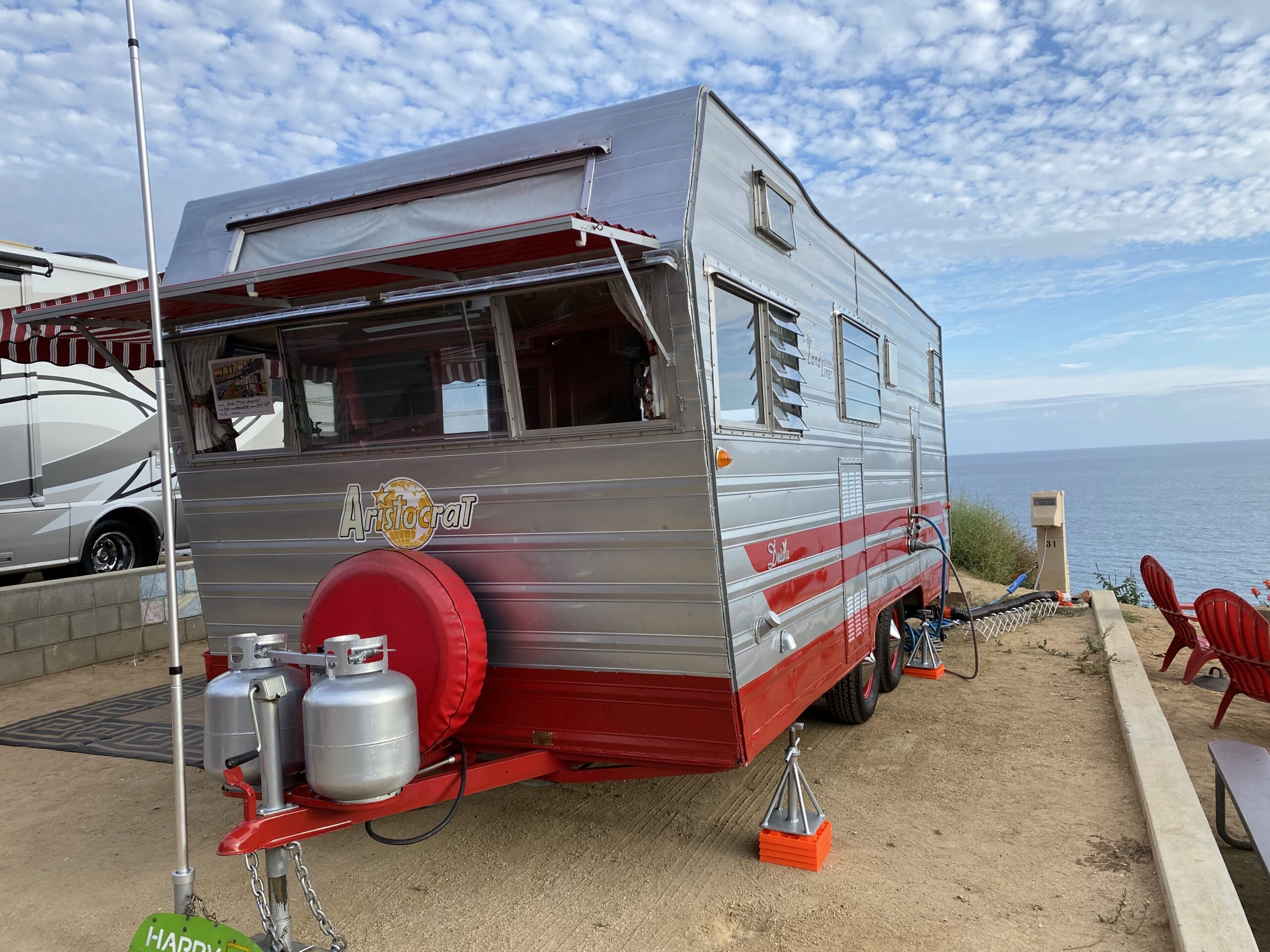Owning a vintage travel trailer is like holding onto a piece of Americana—classic craftsmanship, timeless style, and a story that often spans decades. Whether you’ve found your dream trailer at an auction, inherited a family treasure, or are relocating for a new adventure, getting it safely from point A to point B requires more than just hitching it to a vehicle.
For many owners, especially those moving long distances, professional transport services are the safest and most reliable way to relocate a valuable vintage trailer. These services not only protect your investment but also ensure compliance with transportation regulations that may not be widely known.
Why Shipping a Vintage Travel Trailer Is Different
Vintage travel trailers often require special care due to their age, weight distribution, and construction materials. Unlike modern models, older trailers may have more fragile exteriors, outdated hitches, and unique dimensions that don’t fit standard shipping assumptions.
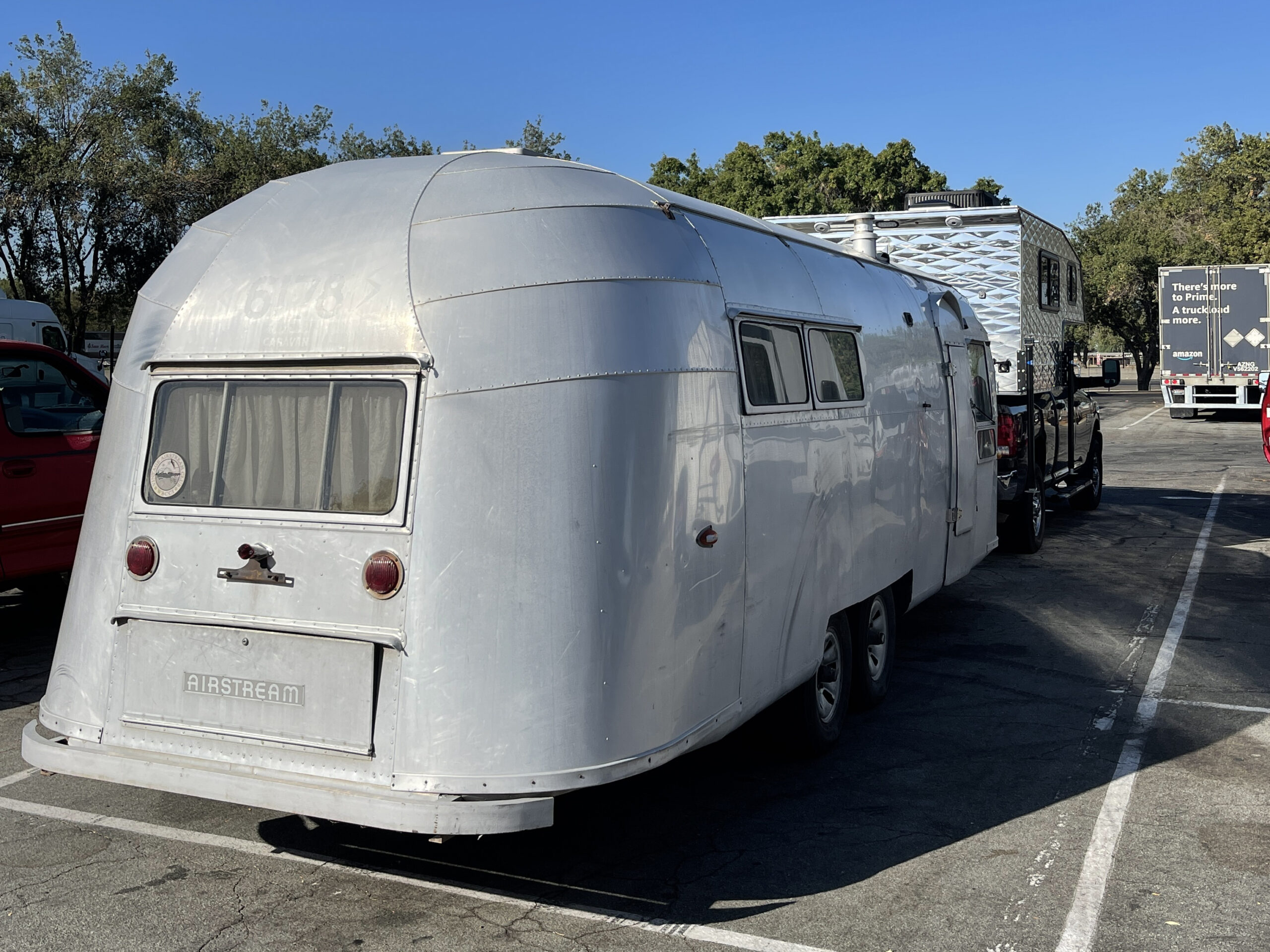
For this reason, many owners turn to specialized shipping services for camper travel trailers who have the equipment and experience to handle classic RVs and trailers. From enclosed transport options to custom tie-down methods, these companies tailor their approach to preserve the trailer’s integrity throughout the journey.
The Federal Motor Carrier Safety Administration provides detailed guidelines for transporting large vehicles and trailers, underscoring the need for carriers who understand weight ratings, load securement, and state-specific towing regulations.
Choosing the Right Transport Method
There are several ways to ship a travel trailer, and the best choice depends on its condition, size, and destination.
- Flatbed Transport: Ideal for trailers that can’t be towed due to mechanical or structural issues.
- Drive-Away/Tow-Away Service: If the trailer is roadworthy, it can be towed by a qualified driver using specialized equipment.
- Enclosed Shipping: Offers the highest level of protection from road debris, weather, and temperature fluctuations, which can be crucial for older models.
The U.S. Department of Transportation emphasizes that all commercial carriers must meet strict safety requirements, making it important to verify a provider’s credentials before booking.
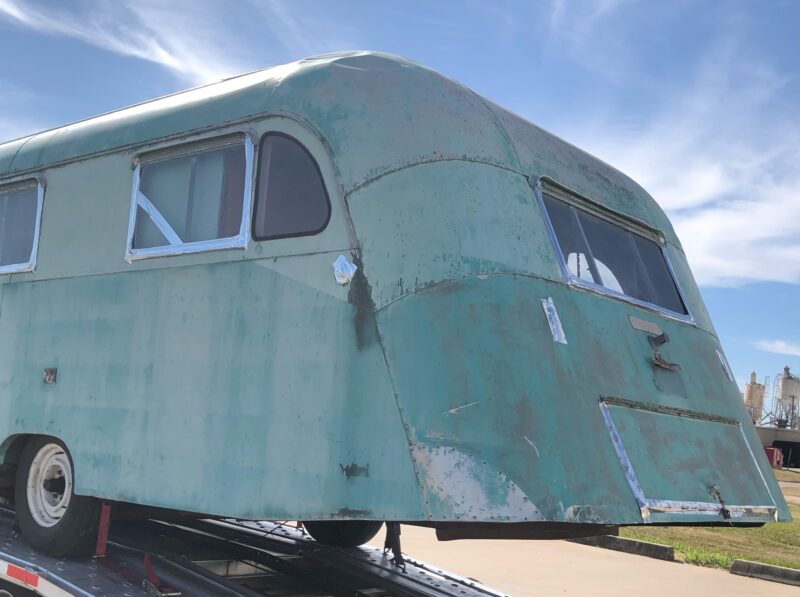
Preparing Your Vintage Trailer for Shipping
Proper preparation can help avoid damage during transport and streamline the pickup and delivery process. Owners should:
- Inspect the trailer for existing damage and document it with photos.
- Remove loose items from the interior to prevent shifting.
- Secure all doors, windows, and hatches.
- Drain water tanks and disconnect propane systems for safety.
In some cases, professional movers may recommend minor repairs or reinforcements to ensure the trailer can be safely loaded and transported.
Cost Factors to Consider
The cost of shipping a vintage travel trailer depends on several factors, including:
- Distance and route difficulty
- Trailer size and weight
- Chosen shipping method
- Season and demand for transport services
Like other vehicle shipping services, demand can be higher during peak moving seasons, affecting availability and pricing. Planning ahead and booking early can help secure better rates and scheduling flexibility.
Why Experience Matters
Transporting a vintage travel trailer is not the same as hauling a modern RV. Experienced carriers understand the quirks of older models, from weight distribution issues to delicate exterior panels that may require additional padding.
Universities with transportation research programs, such as Virginia Tech’s Transportation Institute, have studied the importance of load stability in preventing accidents—a factor that becomes even more critical with vintage equipment.
Environmental Considerations
Shipping services are increasingly adopting eco-friendly practices to reduce their environmental footprint. Route optimization, fuel-efficient vehicles, and reduced idling times can all contribute to lower emissions.
The Environmental Protection Agency highlights transportation as a significant contributor to greenhouse gas emissions, so choosing a company committed to sustainable practices can align with both environmental goals and preservation of vintage culture.
Navigating State Regulations
When shipping a vintage travel trailer across state lines, regulations may vary. Some states have stricter requirements for brake systems, lighting, and reflective markings. Carriers familiar with these differences can help avoid compliance issues and delays.
For example, certain states require safety inspections before the trailer can be transported or towed on public roads. These requirements can often be verified through official state Department of Transportation websites or resources like the National Highway Traffic Safety Administration.
The Value of Insurance Coverage
Ensuring that your vintage trailer is fully insured during transport is essential. While reputable carriers carry liability insurance, it’s wise to confirm coverage amounts and consider supplemental insurance if the trailer’s value exceeds standard limits.
Specialty insurers may offer policies designed specifically for classic and vintage trailers, covering both transport and restoration-related risks.


